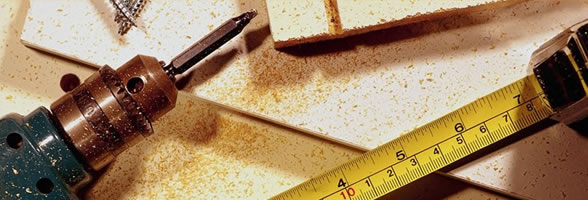
Parrot Tank Mates
Social behaviour and tankmates
Blood Parrots are territorial but their limited mobility means they cannot swim away from trouble easily. Their deformed mouths mean they cannot fight particularly well either. If combined with more aggressive cichlids of similar size, Blood Parrots invariably come off worse. They should not be kept alongside other cichlids. They are best kept singly, in matched pairs, or in groups of five or more specimens. Potential tankmates should be robust enough to avoid trouble, but not aggressive or nippy themselves. Plecs make good catfish for the bottom of the tank, while Platies and Swordtails appreciate similar water conditions and tend to be left alone.
Flowerhorn cichlids are much more aggressive than Blood Parrots and cannot usually be kept with other fish. They are best kept singly or in matched pairs.
Start with dither fish

Blood Parrots like having little "dither-fish" around. They probably figure that as long as the little schooling fish aren't scared, there are no threats. Tetras - as long as they aren't fin-nippers Corey cats - these guys get along great with them.
Algae eating fish

SMALL plecos - take them out when they get big enough to try attacking the Parrots. Our pleco was fine for about a year, until he started attacking them.
SMALL algae eaters - same problem when they get bigger: they will look at the broad sides of the Parrots as preferable to algae. Our algae eater lasted for about 6 months with the parrots, then had to be removed when he started affixing himself to their foreheads.
Non-aggressive Cichlids

Geophagus cichlids, Rainbow cichlids, Firemouths, Severums (our first one was too shy and had to be removed, but we have had great results with the new one - she fits right in and no one bothers her).
Aggressive Cichlids

Some small white convicts, preferably female. Be prepared to take these out if they get too aggressive. Matches we've tried that didn't work so well: Green convicts (even small ones can be too aggressive), Texas cichlid - this lasted only 8 hours, then he had to be scooped out and thrown back into our aggressive tank. Oscars: NO.
I have found that if your tank is large more than 50 gallons and if you get your fish as juveniles you can mix so called aggressive fish like red devils and convicts in with your blood red parrot. My four fish that live in a 60 gallon tank together get along because they grew up together. Not only did they get along but the blood red parrot and the red devil spawned together and I now have quite a few babies to tend for. Approximately 200 or so of them. They are only two weeks old but are free swimming and enjoying life without fear of being ate by their tank mates. Blood red parrots and Red Devils are very protective of their young. So far the babies are alive and well. I will write more sometime when the babies are bigger. But it just goes to show you that if introduce your fish to each other when they are young chances are they will get along when they are adults.
Bad Choices

Goldfish and Koi - these require different tank temperatures, and their movements and behavior are not in line with what cichlids expect. Very aggressive fish of any sort: BP's often can't defend themselves against serious attackers.
